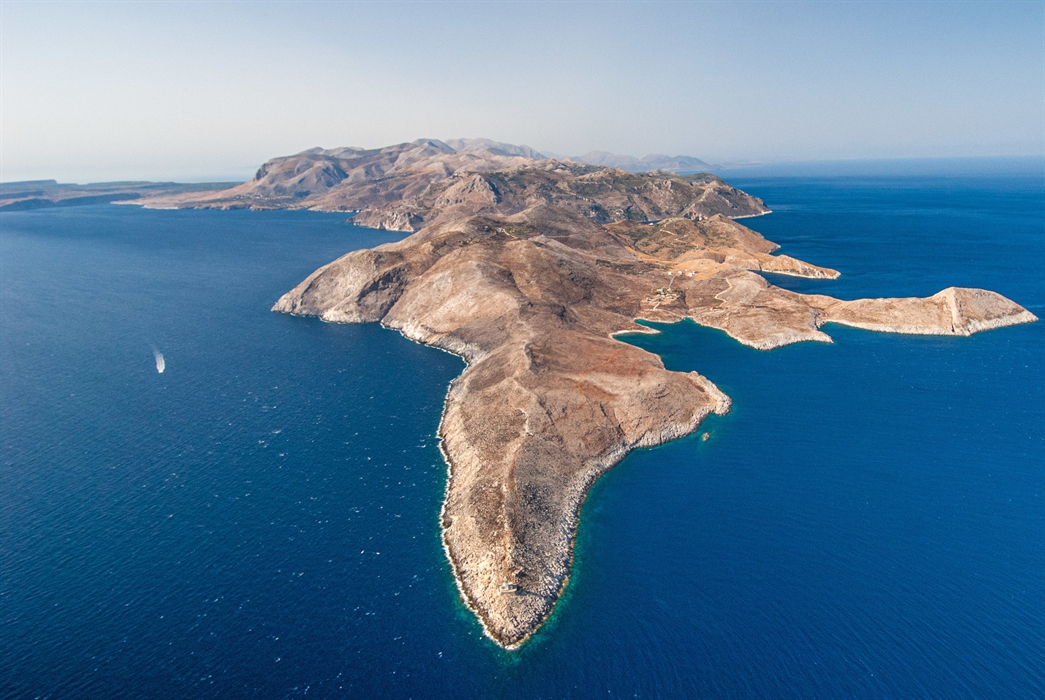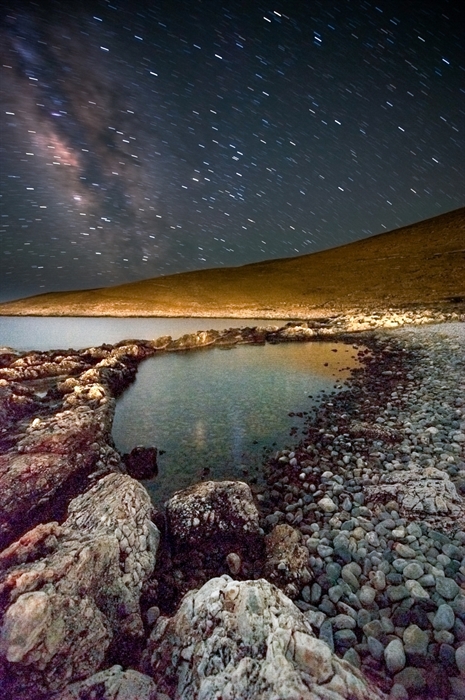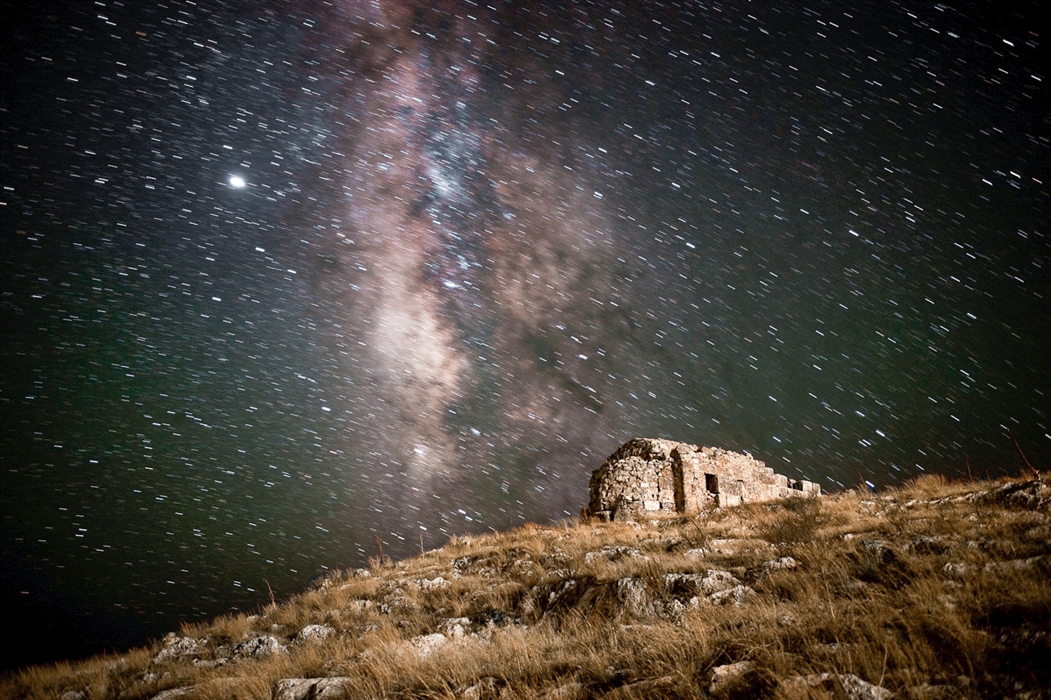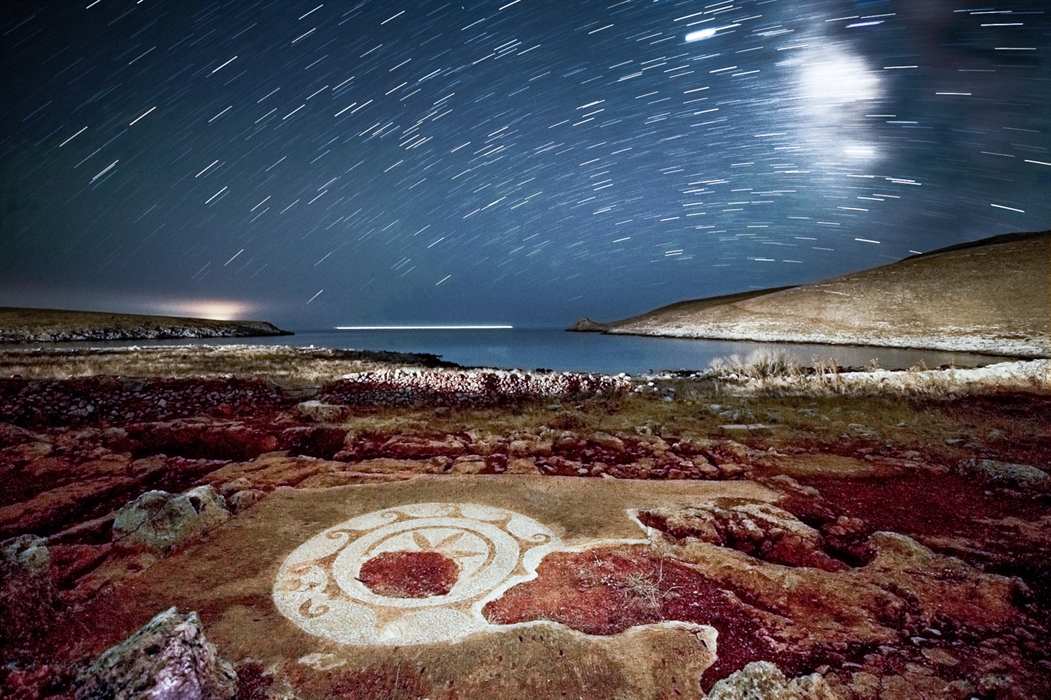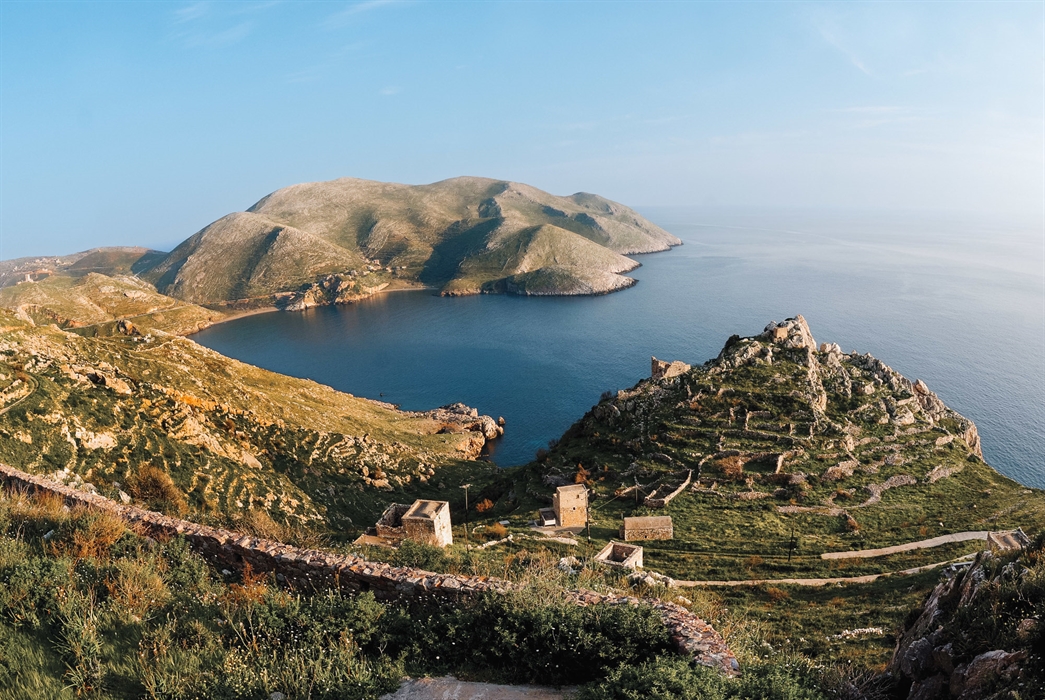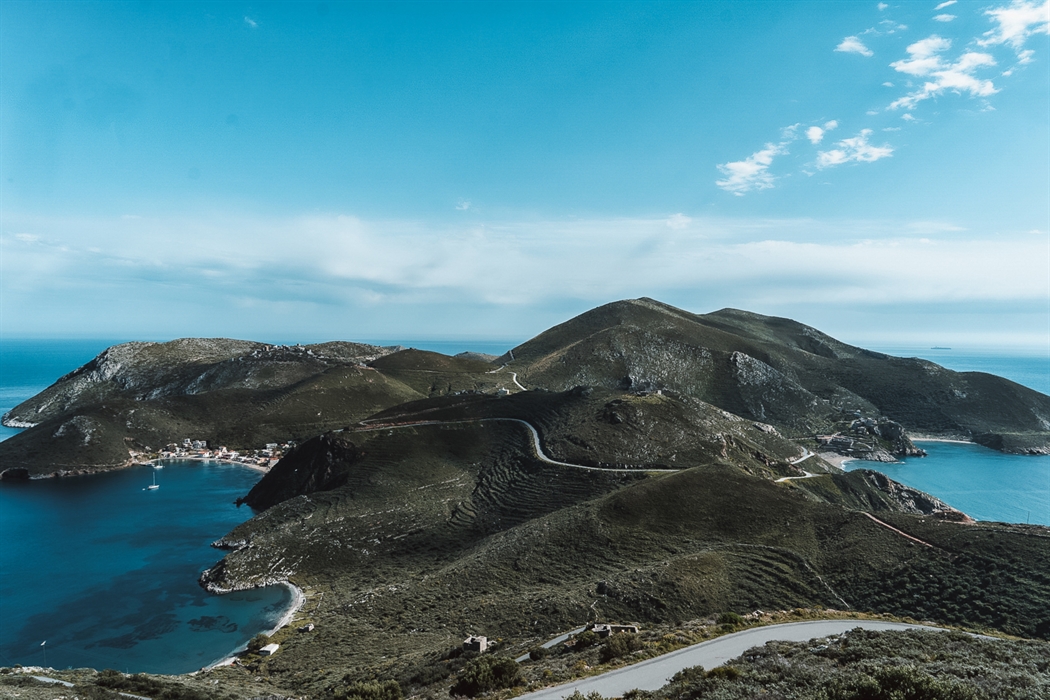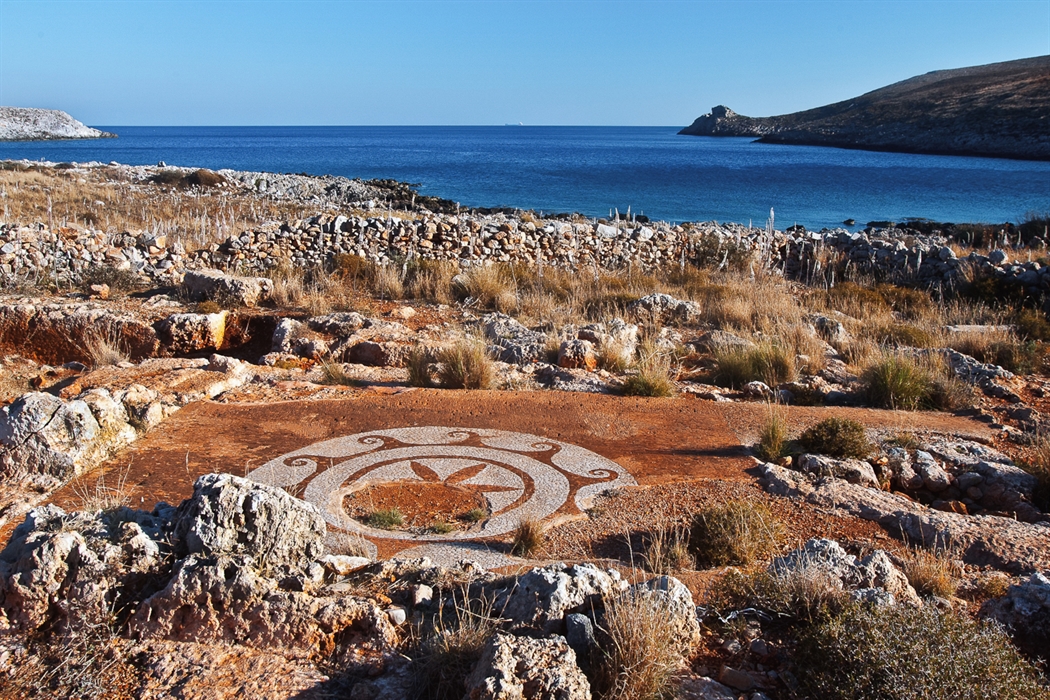Akrotainaro (Cape Matapan) and the lighthouse
Cape Matapan showcases a particularly wild and evocative side of the Mani landscape. It’s easy to see why Poseidon, god of the sea, was worshiped here in the once-famous Temple of Poseidon Tainaron. We also know that one of antiquity’s best-known psychopompeions (oracles of the dead) was here on the Cape, but we do not know exactly where. To get the most out of your visit, walk to the lighthouse at the very end of the peninsula, the southernmost point in mainland Greece. It’s impossible not to feel moved as you look out over the beautiful sea and think of all the history this place has witnessed.
Akrotainaro, or Cape Matapan is the very tip of the middle "finger" of the Peloponnese. The Cape continues under the sea for some distance, and was therefore one of the most feared points for shipping - especially for the wooden boats of antiquity.
The bay to the east of the cape, Porto Sternes, offered ships shelter in bad weather. This was an important spot in ancient times as the oracle of the dead, the Temple of Poseidon and the city of Taenarum were all situated here. However the main remains here today are those of the Agion Asomaton chapel. The path to Cape Matapan lighthouse begins from the west of the bay.
Porto Sternes (sternes means water butts) takes its name from the carved out rocks in the Tainaron which the Mani fishermen used to collect water. We know that one of the most important oracles to the dead was here, possibly in a cave, a hole or a sea tunnel - but no one knows exactly where. A carved channel on the eastern side of the bay is visible and, as the 2nd century traveller Pausanias tells us, the souls of the dead followed this route on their descent to Hades. However, the famous cave of Hades is clearly not here. If you ask the local fishermen they will tell you that it is a small hole in the rock, on the west side of the peninsula.
Poseidon the god of the sea was worshiped in the area, in the well-known sanctuary of Poseidon Tainaron (or Gaiochos). The ancient church of Agion Asomaton was built beside the site of the ancient temple and stones from the temple were used as building materials. The ancient temple was located in a cave-shelter, because here Poseidon was worshiped as the god of the Underworld. If you want to see more, head to the beach where the fishermen moor their boats and look for the small cave where they leave their fishing gear. The megalithic structures that surround it lead many to assume that part of the temple may have been here. All around you will see the remains of sacred buildings.
If you take a walk to the inlet on the west side of the cove, you will see a beautiful circular mosaic tucked in between the countless quarries where tufa was mined in ancient times. The mosaic is from a house built in the Hellenistic-Roman era (1st century) and is known as the "Star of Arya"
The path over the ash-yellow hills on the Cape will bring you to the lighthouse. It is a well signposted, easy 2.2 km walk (50 mins without stops). You will have lovely views of the sea the whole way and you pass through a landscape of dry rocks and low bushes, thorny cottonwood, local endemic plants and herbs such as thyme and oregano. Thanks to the sailors, the cape still retains its ancient name Matapan, which comes from the Doric phrase "Metapea akra", meaning a bay located between two gulfs, the Laconian and the Messinian.
You won't find any shade on the path, so if it's summer set out early in the morning and take lots of water with you.
Cape Matapan lighthouse
Once you reach the Cape Matapan lighthouse, stop and look around you. This is the southernmost tip of mainland Greece. Every now and then large cargo ships and tankers appear like whales that have emerged from the depths of the sea. After all, Matapan is one of the busiest sea passages in the Mediterranean. And as the ships’ captains know, the deepest point of the Mediterranean, a 4,850-metre-deep abyss, is 62 nautical miles from the cape. The famous lighthouse is 16 m high and was built by the French Navy in 1882. It was renovated in the 1930s and 1950s and has a range of 22 nautical miles.
Location
Find the destination on the interactive map below.
Categories
Σχετικό περιεχόμενο χρηστών (UGC)
Ενημερωθείτε για ενδιαφέροντα θέματα γύρω από τον προορισμό μέσα από το περιεχόμενο των χρηστών μας
Discover 7 hidden gems of the Peloponnese
Many of you may have already visited some of the most renowned attractions…
TOP 10 archaeological museums in the Peloponnese
Olympia, Mycenae, Epidaurus, Diros Cave, Ancient Corinth, Messene and…
TOP 10 Castles in the Peloponnese
Castles galore! Mystras, Monemvasia, Palamidi, Methoni, Koroni,…
Newsletters
- About us
- FAQ's
- Map
- Tourism information centers
- Disclaimer
- Sitemap
- Our brand
- Media roum
- Adding your bussiness
- Corporate
- MICE

Peloponnese. Greece beyond the obvious





Design and creation from Cosmote
Marinas and Moorings
Diving centers
Get inspired
- Media gallery
- Blog
- The Peloponnese in the media
- Your feedback
- Users' general content
- Users' local products
- Users' events content
- Ask a local
More
- Accommodation
- Travel agencies
- Restaurants
- Services
- Destinations Map
- Weather
- Public transport
- Events
- Frequently asked questions
- Useful phones
- B2B
- Destination Data
- Contact

